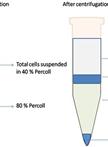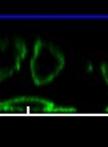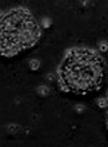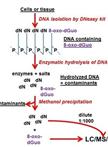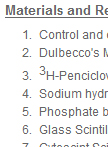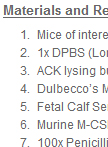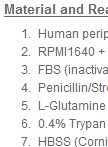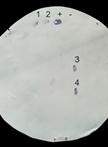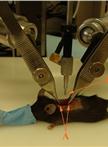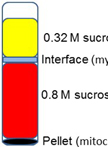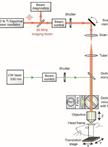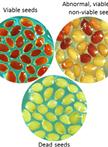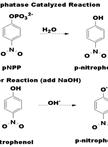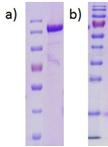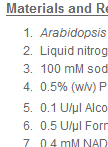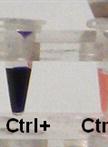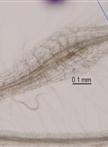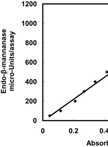- Protocols
- Articles and Issues
- About
- Become a Reviewer
Past Issue in 2013
Volume: 3, Issue: 17
Cancer Biology
Isolation of Mouse Tumor-Infiltrating Leukocytes by Percoll Gradient Centrifugation
Three-dimensional Invasion Assay
Chemosensitivity Assay
Genomic 8-oxo-7,8-dihydro-2'-deoxyguanosine Quantification
3H-Penciclovir (3H-PCV) Uptake Assay
Immunology
Mouse Macrophage Differentiation by Induction with Macrophage Colony-Stimulating Factor
C1q Binding to and Uptake of Apoptotic Lymphocytes by Human Monocyte-derived Macrophages
Microbiology
Colony Immunoblotting Assay for Detection of Bacterial Cell-surface or Extracellular Proteins
Neuroscience
Generation of Mouse Spinal Cord Injury
Preparation of Pre- and Post-synaptic Density Fraction from Mouse Cortex
Targeted Occlusion of Individual Pial Vessels of Mouse Cortex
Plant Science
Seed Germination and Viability Test in Tetrazolium (TZ) Assay
Protein Extraction, Acid Phosphatase Activity Assays, and Determination of Soluble Protein Concentration
Heterologous Production and Anaerobic Purification of His- and StrepII-tagged Recombinant Proteins
Quantification of Total and Soluble Inorganic Phosphate
Pectin Methylesterase Activity Assay for Plant Material
Pyruvate:ferredoxin Oxidoreductase (PFR1) Activity Assays Using Methyl Viologen as Artificial Electron Acceptor
RNA Isolation From Meloidogyne Spp. Galls
Plant Endo-β-mannanase Activity Assay


